A Collection of Resources for Teaching Social Justice
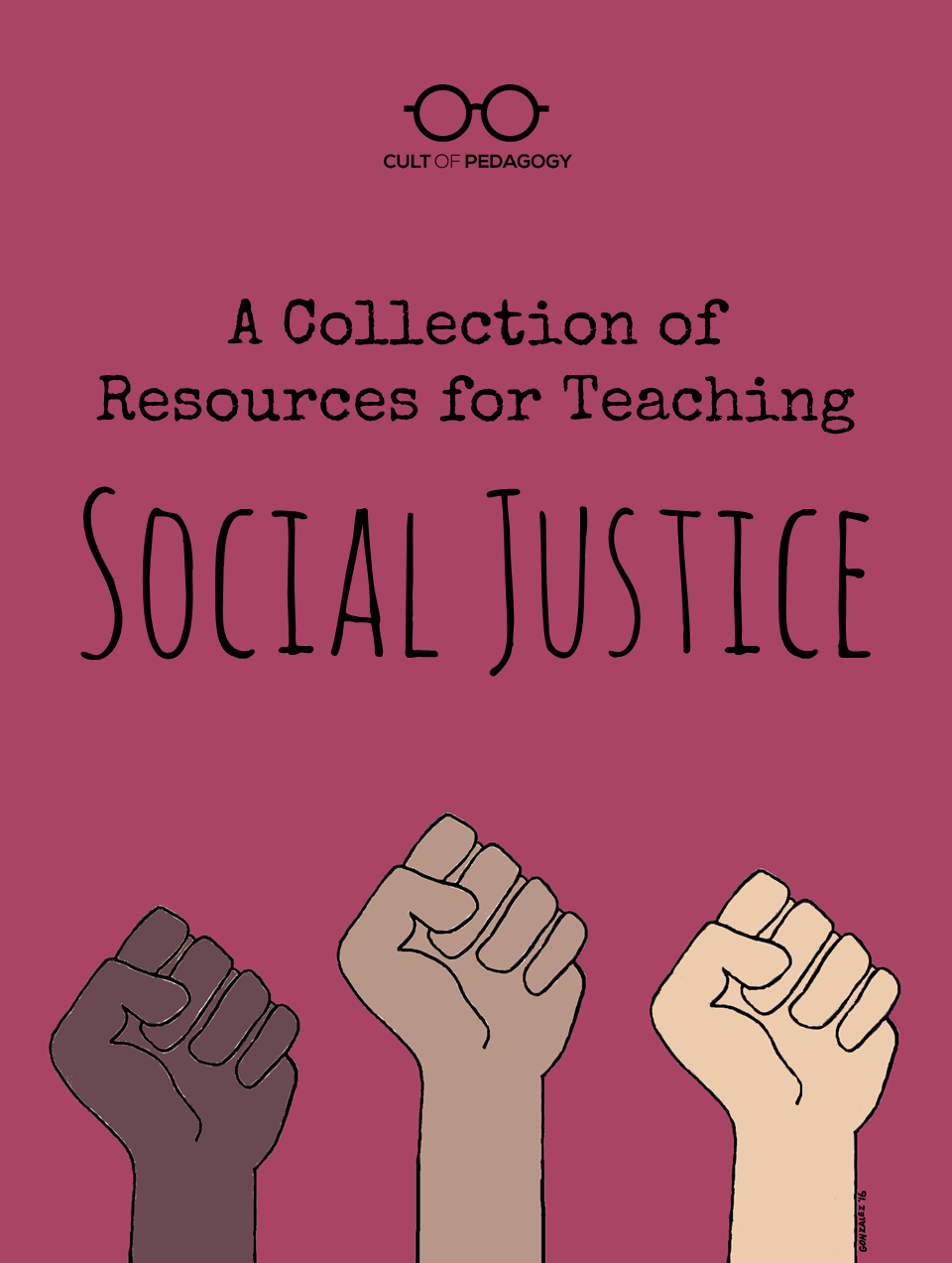
Ask teachers to describe the impact they hope to have on their students, and most will eventually say something along these lines: I want my students to grow into responsible citizens. I want my students to participate in society in an active, productive way.
And maybe: I want my students to change the world.
But how many of us know how to make that happen, really? Can we explicitly teach students how to change the world? If this question has been whispering in the back of your mind, the resources in this collection will help.
What is social justice, and how does it fit into the curriculum?
The National Association of Social Workers defines social justice as “the view that everyone deserves equal economic, political and social rights and opportunities.” To study social justice is to learn about the problems that dramatically impact quality of life for certain populations, and how people have worked to solve those problems.
If you teach social studies, you’ll have no trouble finding direct curricular links to social justice. The National Curriculum Standards for the Social Studies includes Civic Ideals and Practices as one of its 10 Themes of Social Studies, and this includes an emphasis on learning how to get involved in influencing public policy. In history and social studies class, social justice teaching is a natural fit.
In other content areas, teachers disagree over whether social justice has a place. We put ourselves in a vulnerable position by exploring issues that are seen as more controversial than others (a topic I will get into in the next section), and some teachers prefer to completely steer clear of those kinds of complications. For others, social justice was a driving force in why they became teachers, and they weave it into whatever content they are teaching. If you choose to address some or all of these issues in your classroom, the next section offers some tips for doing it effectively.
Some Advice for Teaching Social Justice
As an undergraduate, I served as a student counselor for three years and a resident assistant (RA) for one. I regularly delivered workshops on social justice topics, and I learned a few important lessons along the way. Here are some things to keep in mind when studying social justice issues with your students:
- Make getting to know students a key component of any social justice teaching. If you and your students don’t spend time examining your own backgrounds, biases, and beliefs, you will be missing an essential component of any social justice curriculum. We all view every social justice issue through the lens of our own experience, and these different lenses can block our growth and learning if we aren’t aware of them. If we fine-tune our self-awareness, our individual lenses can richly inform classroom conversations and help us understand issues on a much deeper level, directly from each other.
- Know that not all students feel the same way about these issues. Most, if not all, of these resources have been created from a pretty liberal, progressive viewpoint. For example, one of the lessons in the Learning for Justice (formerly known as Teaching Tolerance) series described below is on Confronting Unjust Laws. The lesson uses California’s Proposition 8 as an example of an unjust law. But not all of your students (or their families) will see a law like Prop 8 as unjust. In fact, some may strongly oppose same-sex marriage. That doesn’t mean you can’t talk about controversial issues; in fact, teaching students how to respectfully discuss an issue with people who don’t see things the same way is a lesson that will serve them for the rest of their lives.
- Familiarize yourself with the material before teaching. Sometimes we just skim materials before we teach. With social justice topics, this would be a mistake. Not knowing exactly what’s in all of your teaching materials, including the texts or videos you and your students will be looking at, can leave you vulnerable to problems when unexpected content pops up.
- Keep your administrator in the loop. As with any potentially controversial lesson, it is essential that you talk to your administrator about it ahead of time. Show the curricular connections between your planned lessons and the standards you’re teaching. Talk about potential problems or objections that may come up and how you both plan to address them. That way, if your administrator gets a phone call from a concerned parent, she or he won’t be blindsided.
Featured Resources
When I set out to find good resources for social justice teaching, I was looking for classroom-ready materials, lesson plans with supplementary texts or videos that would prompt students to learn about, think about, and talk about social justice issues. I also hoped to find some that would actually teach students about activism, about how a citizen zeroes in on a problem, formulates a solution, then does the grassroots work necessary to see that solution come to life.
Some of these resources fit the bill perfectly, especially the first one on the list. Others do not include lesson plans at all, but serve such an important and innovative role in social justice education, I thought they were essential to include here.
Learning for Justice
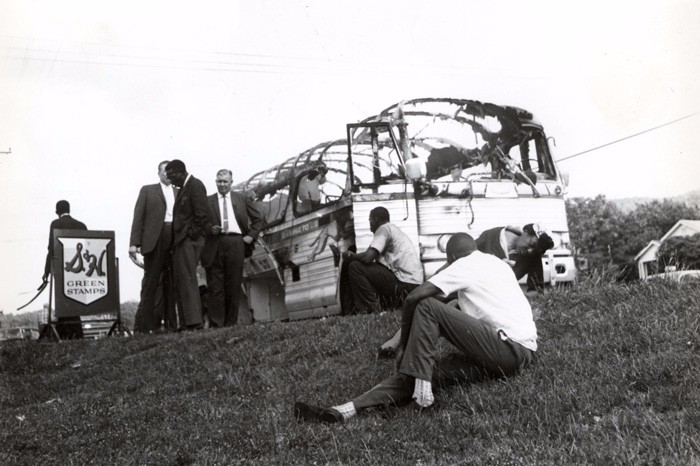
This award-winning organization (formerly known as Teaching Tolerance) comes up most often any time social justice teaching is discussed. There’s lots to explore on their site, including the Classroom Resources section, which is loaded with lesson plans and other resources teachers can use for free in their classrooms. One of these lessons is Confronting Unjust Practices, where students learn about the anti-segregation actions taken by the Freedom Riders and the attack on one of these buses in Anniston, Alabama (pictured above).
Other lessons from this library include What is Ageism?, Unequal Unemployment, and What Makes a Family? Lessons are available for elementary, middle, and high school students.
DoSomething.org
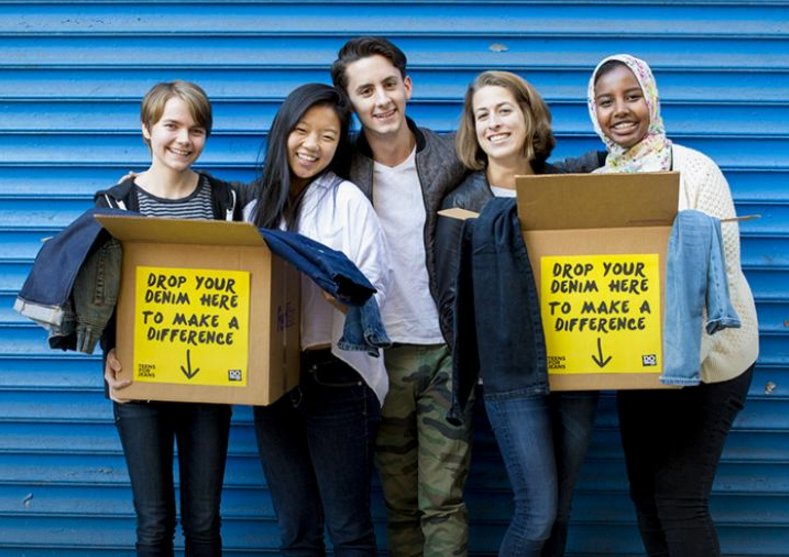
No lesson plans here: DoSomething.org is an outstanding organization whose goal is to support the work of young people who want to make a difference in their world. Students browse through a big list of campaigns, public education and activism projects students can launch right in their own communities, and choose one or more that they’d like to participate in. Once they have finished a campaign, students submit a photo or video to prove they completed the required steps. This entry makes them eligible to win prizes, including scholarships. Currently, only U.S. students are eligible for these scholarships, but DoSomething.org is expanding into other countries as well.
Although this site will not help you do any direct instruction about social justice, it provides incredible opportunities for students to actively participate in social justice projects. Most campaigns are just right for high school students, and some would be appropriate for middle schoolers as well. Some topics may be considered risque, so review the content before introducing it to students.
On a related note, DoSomething.org is the organization where Katia Gomez, the college student who started her own school in Honduras (featured in the first Cult of Pedagogy documentary last year), got her start. One more bit of trivia that totally doesn’t matter but might if you are a Melrose Place fan: DoSomething.org was co-founded by 90’s heartthrob Andrew Shue. Squeee!!
The Global Oneness Project
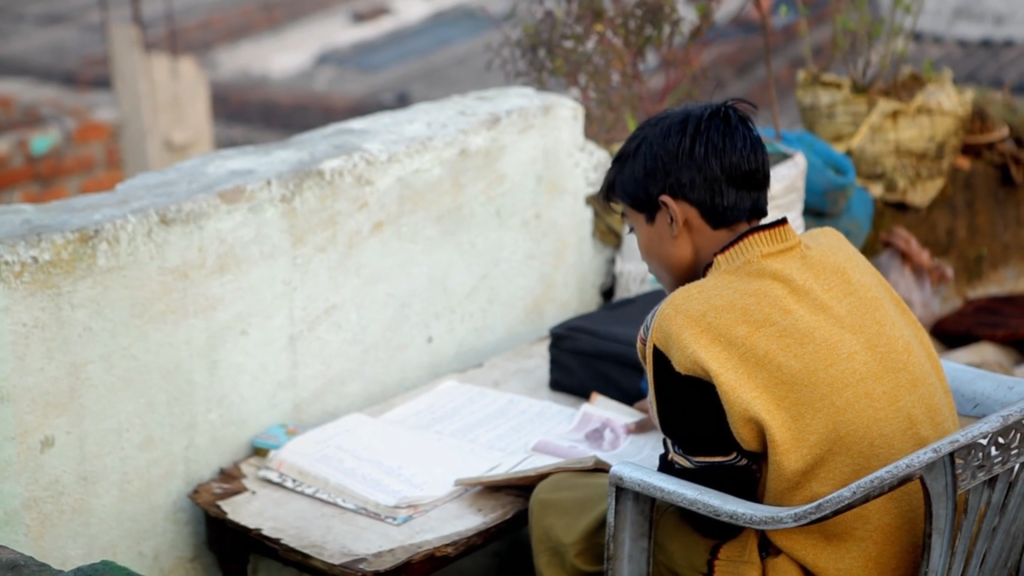
The Global Oneness Project offers a beautiful collection of multicultural films, photo essays, and articles that “explore cultural, social, and environmental issues with a humanistic lens.” Many of the featured stories are paired with a lesson plan for high school or college classrooms, aligned with Common Core and national standards.
One such pairing starts with the film Amar, which follows a young Indian boy living in a high-poverty neighborhood through a typical day that includes rising before dawn to do one of his two jobs and attending school. The accompanying lesson plan is called A Day in the Life, which has students examine the film and other resources related to the economic situation in India.
The films are truly stunning. This collection doesn’t include explicit teachings in any kind of civics or grassroots activism, but it will provide students with a deep understanding of lives completely unlike their own. And that kind of empathy is one of the most important building blocks for any kind of social justice action.
Pushing the Edge: Social Justice Resources Collection
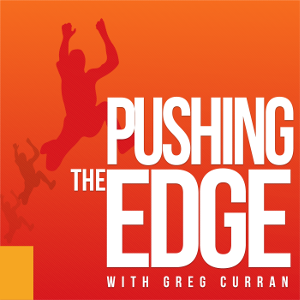
Educator Greg Curran’s podcast covers a range of educational topics, but quite a few episodes circle around issues of social justice. Recently, he curated these resources into a Social Justice Resources Collection. These episodes will be mainly useful for teachers to educate themselves about social justice education: what complications and questions come up, helpful do’s and don’ts, and why it’s worth it. He interviews practicing teachers and administrators who are walking the walk with social justice teaching. Listening to them will give you a template from which to build your own practice.
Here’s an example of one episode, where Curran interviews Nakisha Hobbs, principal of the Village Leadership Academy, a k-8 social justice school in Chicago.
GLSEN: Educator Resources
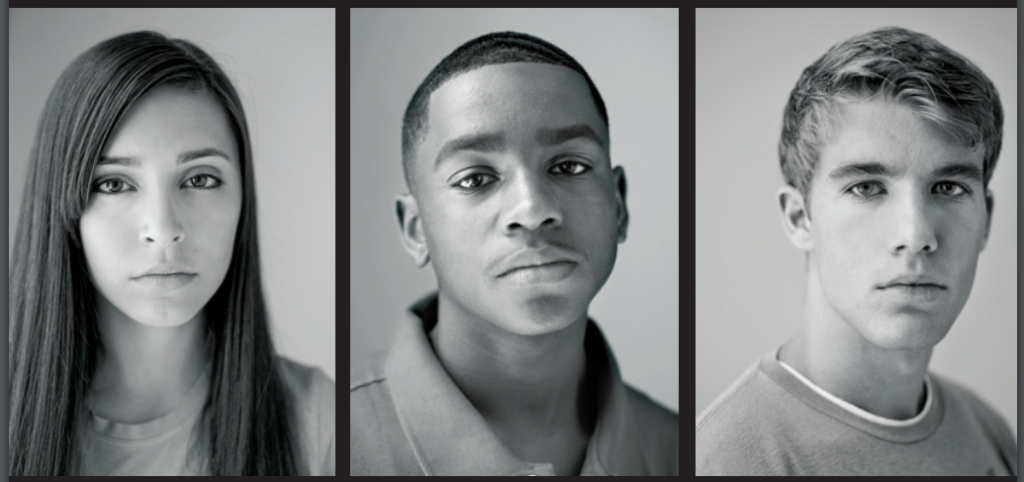
For teachers who want to include consideration of LGBT issues in their study of social justice, a great source for materials is GLSEN, the Gay, Lesbian & Straight Education Network. offers a nice collection of educator guides and lesson plans.
Here are a few examples: The ThinkB4YouSpeak Guide for Educators includes lesson plans, resources, and tips for teachers for addressing anti-LGBT language in the 6-12 classroom. Unheard Voices is a collection of audio interviews with “individuals who bore witness to or helped shape LGBT history in some way.” And the Day of Silence Guide shows educators how to run a Day of Silence awareness campaign in their schools.
Educational Video Center
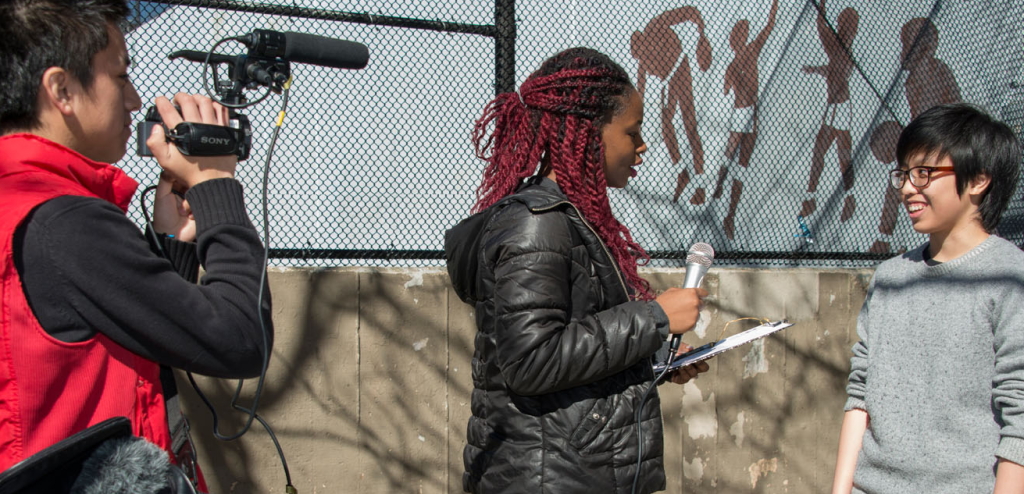
I love this idea: The Educational Video Center teaches students the skills of documentary filmmaking, telling important stories in the name of social justice. Although the EVC holds after-school workshops only for students in New York City, they do offer professional development for teachers anywhere who want to learn how to teach these skills to their own students.
Alumni of the EVC have created documentaries on everything from criminal justice to domestic violence to mental health. You can view a collection of trailers for student-created documentaries here.
The Two Dollar Challenge
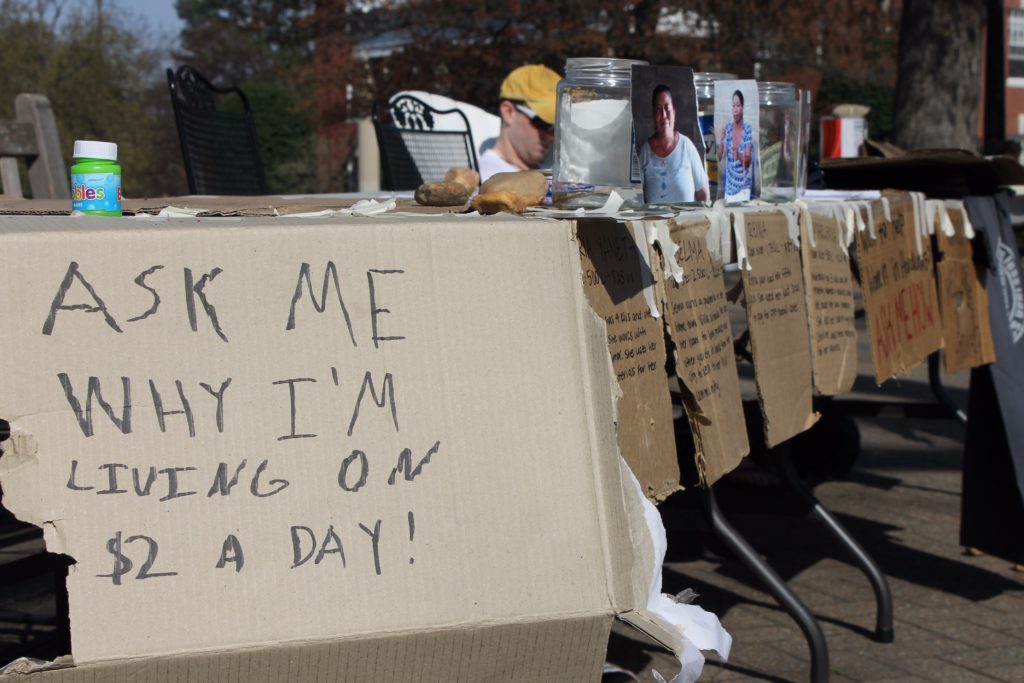
The Two Dollar Challenge is a challenge issued to people who want to make an impact on poverty. The challenge is simple: For 5 days, live on just $2 per day, publicizing the complexities of global poverty and helping to raise funds for a partner organization.
What’s most striking about this organization is their emphasis on cultivating a deep respect for people affected by poverty and raising participants’ awareness of their own privilege. One look at the project’s code of conduct shows just how serious they are about that mission: “At all times participants must respect those nearby who are truly in need. If at any time those taking the Challenge are using resources which are valuable for indigent residents in the area this action must be re-evaluated.”
Anti-Defamation League
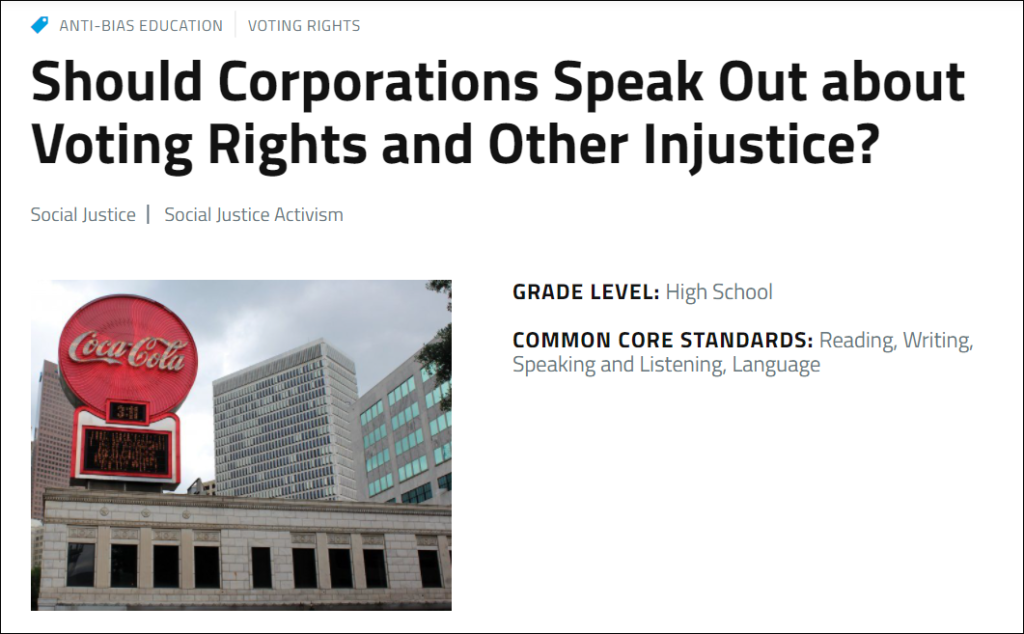
The ADL’s collection of lesson plans explore topics in categories like gender issues, sexism, ableism, religious bigotry, and racism. For example, What is the School-to-Prison Pipeline?, a lesson for high school students, has students study and discuss the impact of zero-tolerance policies in schools, statistics on the connection between school suspensions and the juvenile justice system, and their own school discipline policy. The end of the lesson offers students a choice of next steps for taking action on this issue. Lessons are available for preschool through high school.
Update: Since publishing this post, a few readers have pointed out that some of ADL’s other website content (separate from this curriculum) takes a strong stance on issues relating to Israel and may offend some users. I still feel that this curriculum contains incredibly valuable lessons on very recent events that you won’t find anywhere else, but this reinforces my second and third points above: Know your audience, and read through the materials carefully. For more details on this issue, please read the comments below. This article may also shed some light on the topic.
Further Reading
Stirring Up Justice
Laurel Schmidt, Education Leadership, May 2009
Explores the value and process of teaching students about activism. Offers a template for how to engage students in authentic conversations about difficult issues, ask themselves what they can do about social justice issues, consider ways they have already acted in the past, study how other kids and young adults have successfully solved problems, and participate in their own social justice projects.
Turning Current Events Into Social Justice Teaching
Jinnie Spiegler, Edutopia, January 6, 2016
Spiegler, the curriculum director for the Anti-Defamation League (the first resource in this post) offers advice on teaching social justice topics in a way that’s both sensitive and productive.
Educolor Resources
Educolor, an organization dedicated to an equitable, just education for everyone, maintains this list of books, movies, articles, and websites that will educate teachers and students on issues of social justice, especially as it pertains to educational equity.
The Best Teacher Resources Sites for Social Justice
Larry Ferlazzo, Larry Ferlazzo’s Websites of the Day, July 1, 2008
A big list of resources related to social justice education.
What Are Your Favorite Social Justice Resources?
This is by no means an exhaustive list. If you have a resource you like to use for teaching about social justice, please share it in the comments below. ♦
Join my mailing list and get weekly tips, tools, and inspiration—in quick, bite-sized packages—all geared toward making your teaching more effective and fun. To thank you, I’ll send you a free copy of my e-booklet, 20 Ways to Cut Your Grading Time in Half, which has helped thousands of teachers spend less time grading!